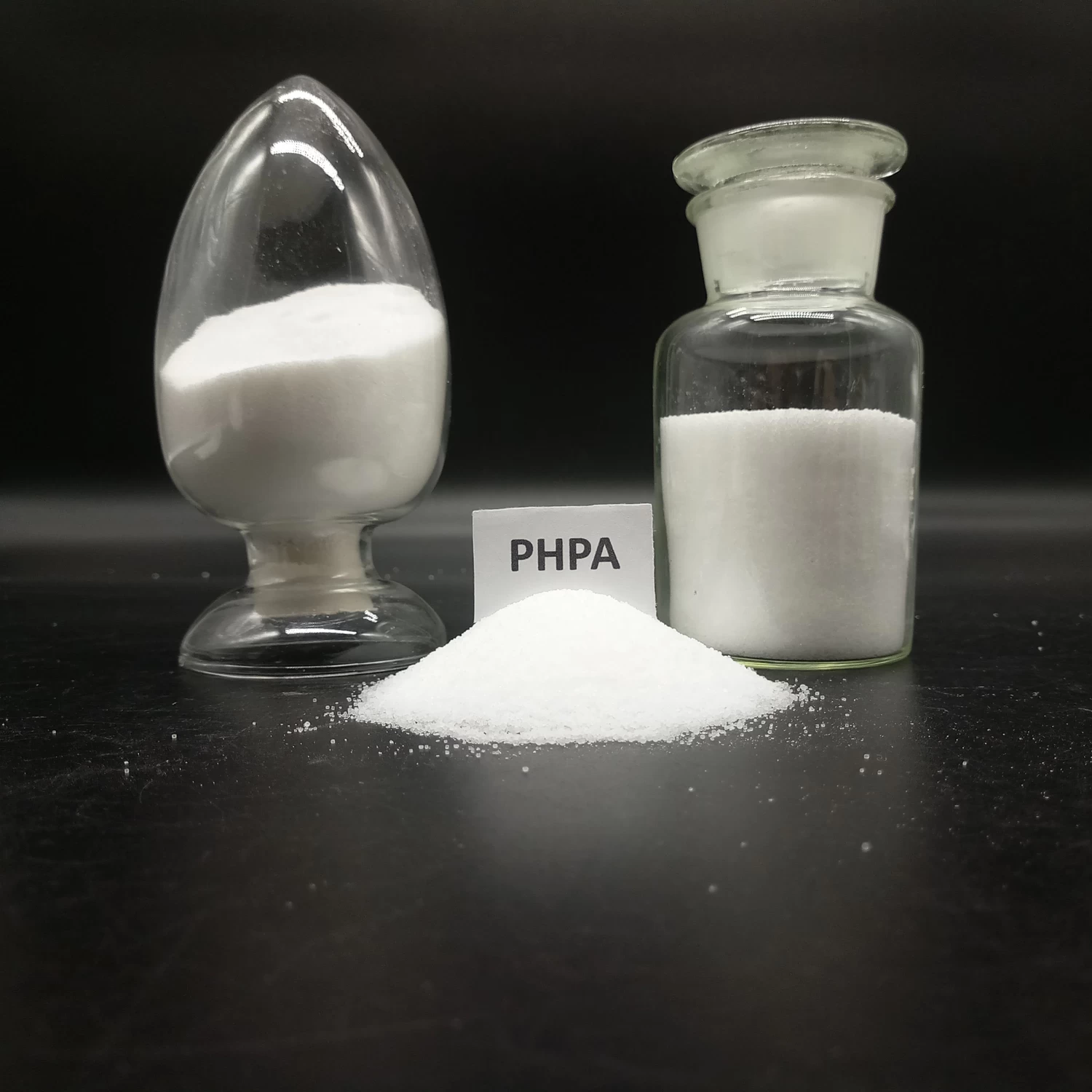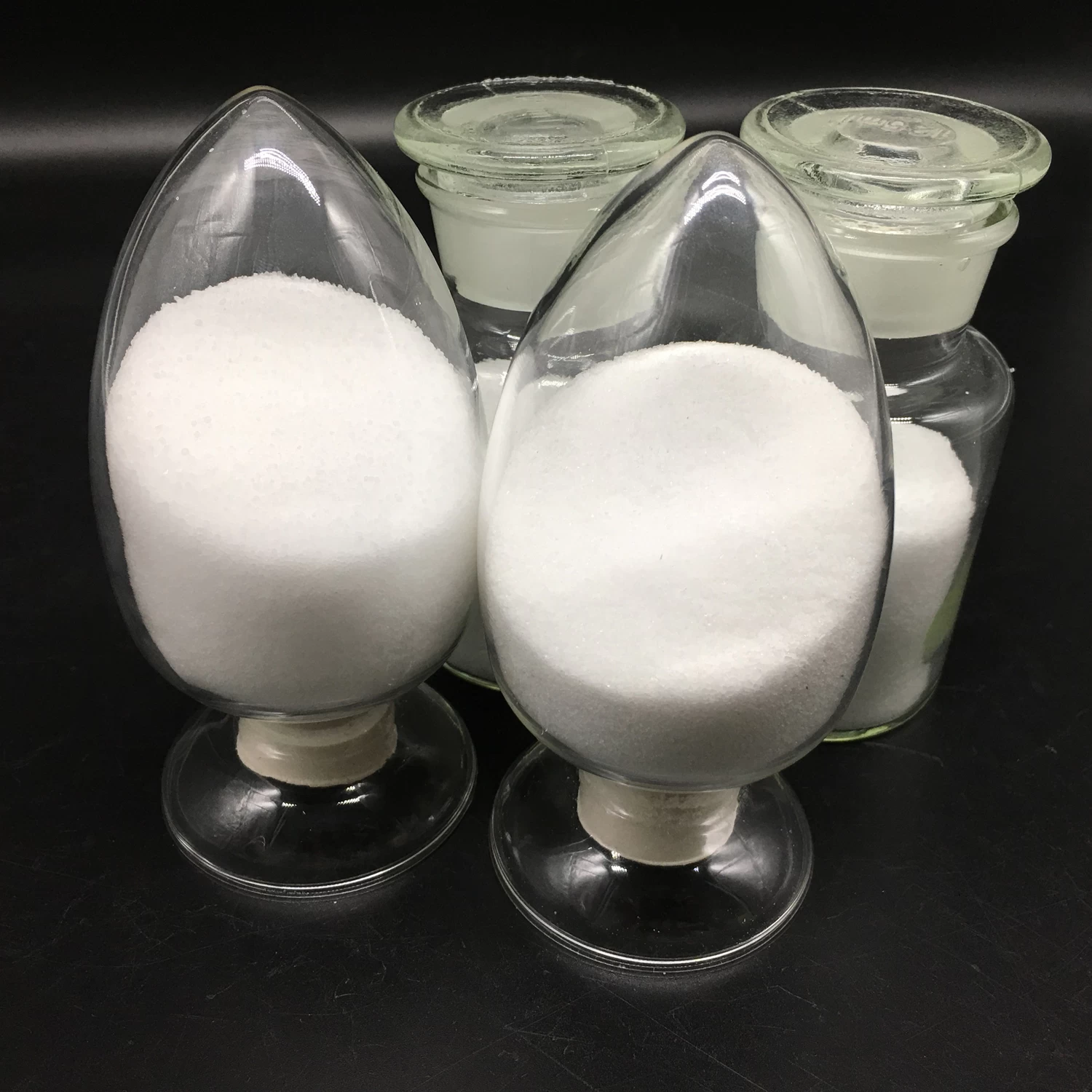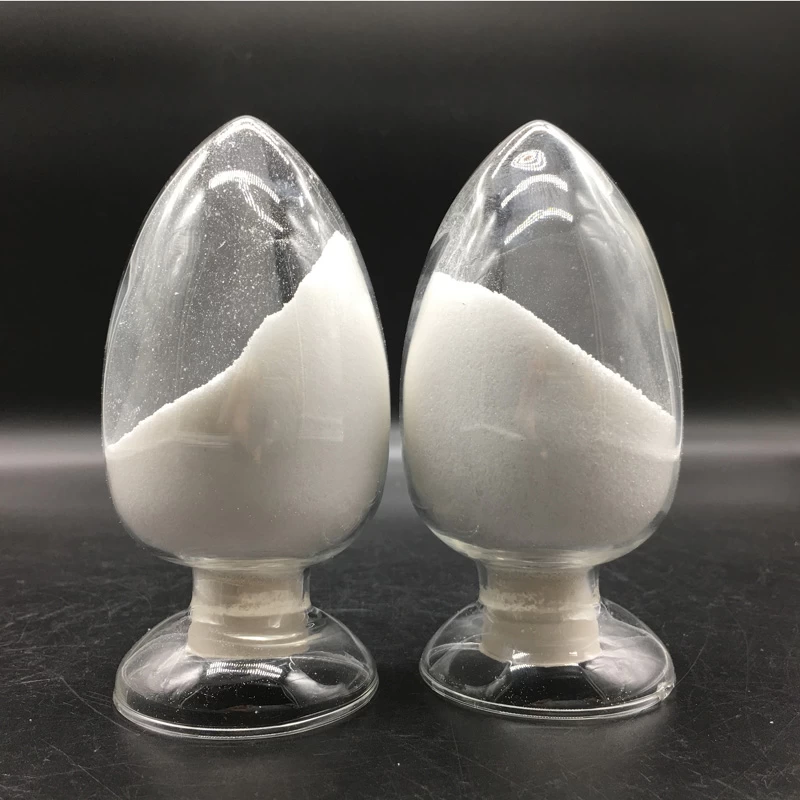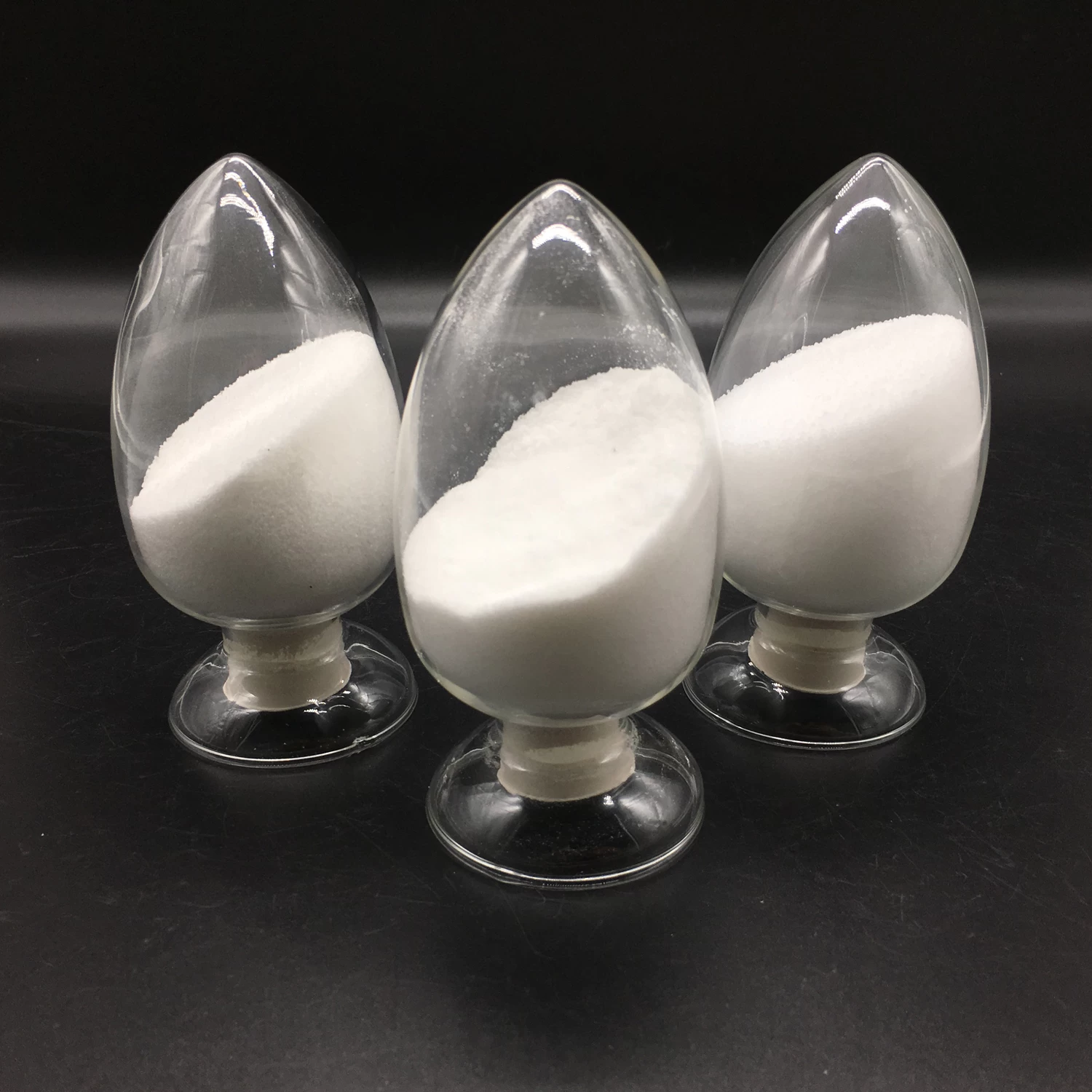Filtrate reducer Part.1
Hana Wang
Original
2021-07-15 16:37:03
(1) Filtration of drilling fluid and formation of filter cake The fluid loss of drilling fluid is inevitable during the drilling process, and filter cake can be formed to protect the well wall through fluid loss. However, if the fluid loss of drilling fluid is too large, it is easy to cause shale swelling and collapse, resulting in instability of the borehole wall. In addition, as the filter loss increases, the filter cake becomes thicker, which reduces the diameter of the well, causing a larger torque to the rotating drill tool, causing swabbing and pressure fluctuations when tripping off the drill, and it is easy to cause the pressure difference to stick. Therefore, proper control of fluid loss is one of the important properties of drilling fluids. Obviously, the fluid loss of drilling fluid is closely related to the formation permeability. However, filter cake is formed at the same time as the fluid loss of drilling fluid occurs. When fluid loss occurs again, the drilling fluid must pass through the formed filter cake. Therefore, the main factor that determines the size of the filter loss is the permeability of the filter cake. How to form a high-quality filter cake with low permeability and prevent further filtration of the drilling fluid is one of the main issues to be considered in the preparation of drilling fluids.
1. Static fluid loss equation The fluid loss of drilling fluid can be divided into instant fluid loss, static fluid loss and dynamic fluid loss. The instantaneous fluid loss accounts for a small proportion in the entire fluid loss process; the dynamic fluid loss is more in line with the downhole conditions, but it is difficult to determine whether it is indoors or on-site; although the static fluid loss is somewhat different from the actual situation, the evaluation method is simple and can It reflects well the fluid loss performance of drilling fluid.
2. In the process of filter cake formation, a fluid loss tester is often used to measure static fluid loss in the laboratory. In the experiment, the drilling fluid in the filter cup flows out through the filter paper. Fig. 1-4 Schematic diagram of drilling fluid solid phase intrusion into the formation. Before the formation of the filter cake, the outflow rate of the filtrate is quite fast. After 12 seconds, the outflow rate of the filtrate gradually slows down and tends to be uniform after a certain period of time. The filtration loss through the filter paper before the formation of the filter cake is called the instantaneous filtration loss (also called the initial loss), and the filtration loss here is called the instantaneous filtration loss. This process also exists when drilling through permeable formations. In order to reduce the instantaneous fluid loss, the drilling fluid needs to contain appropriately large solid particles to bridge the rock pores. When these larger particles form bridges at the rock throat, the smaller particles block the pores formed between the larger particles, and continue until the small sol particles remove the small pores of the filter cake. Blocked, only water can penetrate into the formation at this time. In this way, the particles in the drilling fluid form three distributions in the borehole wall and the formation (Figure 1-4):
(1) The outer filter cake on the well wall.
(2) The inner filter cake formed by the particles entering the formation.
(3) The initial damage intrusion zone formed when the drilling fluid is filtered out instantly. These particles will block the pores of the formation and damage the oil layer through migration.
Therefore, to form a filter cake with low permeability and small filter loss, two conditions must be met during drilling fluid preparation:
(1) Reasonable multi-stage dispersed particle distribution. That is to say, there must be large, medium and small particles in the drilling fluid, and have a reasonable distribution. Practice shows that the drilling fluid must contain bridging particles smaller than the largest pore of the drilled formation and up to one-third of the largest pore size of the formation. This will help bridge and plug the large pores in the freshly drilled formation as soon as possible and reduce the instantaneous fluid loss. In addition, the drilling fluid must contain a series of particles ranging in size from large to small to as small as sol particles. In this way, during the drilling process, particles from large to small successively bridge and block pores from large to small. In this gradual process, the more the pores are blocked and the smaller, the filter cake becomes denser and the permeability becomes smaller and smaller. The more suitable the solid particle size distribution in the drilling fluid is, the shorter the time to form a dense filter cake and the lower the permeability of the filter cake.
(2) The type of colloidal particles. The permeability of the filter cake is not only related to the size distribution and quantity of colloids and fine particles contained in the drilling fluid, but also closely related to the types of colloidal particles. If the colloidal particles are flat and have good hydration properties, they are easily deformed under pressure, and the permeability of the formed filter cake is naturally low. In addition to the above conditions, fluid loss additives should be added to the drilling fluid to control the fluid loss of the drilling fluid.
1. Static fluid loss equation The fluid loss of drilling fluid can be divided into instant fluid loss, static fluid loss and dynamic fluid loss. The instantaneous fluid loss accounts for a small proportion in the entire fluid loss process; the dynamic fluid loss is more in line with the downhole conditions, but it is difficult to determine whether it is indoors or on-site; although the static fluid loss is somewhat different from the actual situation, the evaluation method is simple and can It reflects well the fluid loss performance of drilling fluid.
2. In the process of filter cake formation, a fluid loss tester is often used to measure static fluid loss in the laboratory. In the experiment, the drilling fluid in the filter cup flows out through the filter paper. Fig. 1-4 Schematic diagram of drilling fluid solid phase intrusion into the formation. Before the formation of the filter cake, the outflow rate of the filtrate is quite fast. After 12 seconds, the outflow rate of the filtrate gradually slows down and tends to be uniform after a certain period of time. The filtration loss through the filter paper before the formation of the filter cake is called the instantaneous filtration loss (also called the initial loss), and the filtration loss here is called the instantaneous filtration loss. This process also exists when drilling through permeable formations. In order to reduce the instantaneous fluid loss, the drilling fluid needs to contain appropriately large solid particles to bridge the rock pores. When these larger particles form bridges at the rock throat, the smaller particles block the pores formed between the larger particles, and continue until the small sol particles remove the small pores of the filter cake. Blocked, only water can penetrate into the formation at this time. In this way, the particles in the drilling fluid form three distributions in the borehole wall and the formation (Figure 1-4):
(1) The outer filter cake on the well wall.
(2) The inner filter cake formed by the particles entering the formation.
(3) The initial damage intrusion zone formed when the drilling fluid is filtered out instantly. These particles will block the pores of the formation and damage the oil layer through migration.
Therefore, to form a filter cake with low permeability and small filter loss, two conditions must be met during drilling fluid preparation:
(1) Reasonable multi-stage dispersed particle distribution. That is to say, there must be large, medium and small particles in the drilling fluid, and have a reasonable distribution. Practice shows that the drilling fluid must contain bridging particles smaller than the largest pore of the drilled formation and up to one-third of the largest pore size of the formation. This will help bridge and plug the large pores in the freshly drilled formation as soon as possible and reduce the instantaneous fluid loss. In addition, the drilling fluid must contain a series of particles ranging in size from large to small to as small as sol particles. In this way, during the drilling process, particles from large to small successively bridge and block pores from large to small. In this gradual process, the more the pores are blocked and the smaller, the filter cake becomes denser and the permeability becomes smaller and smaller. The more suitable the solid particle size distribution in the drilling fluid is, the shorter the time to form a dense filter cake and the lower the permeability of the filter cake.
(2) The type of colloidal particles. The permeability of the filter cake is not only related to the size distribution and quantity of colloids and fine particles contained in the drilling fluid, but also closely related to the types of colloidal particles. If the colloidal particles are flat and have good hydration properties, they are easily deformed under pressure, and the permeability of the formed filter cake is naturally low. In addition to the above conditions, fluid loss additives should be added to the drilling fluid to control the fluid loss of the drilling fluid.
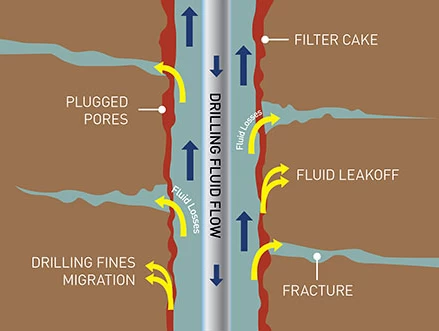

 E-mail:info@welldonechina.com
E-mail:info@welldonechina.com +86-17664031716
+86-17664031716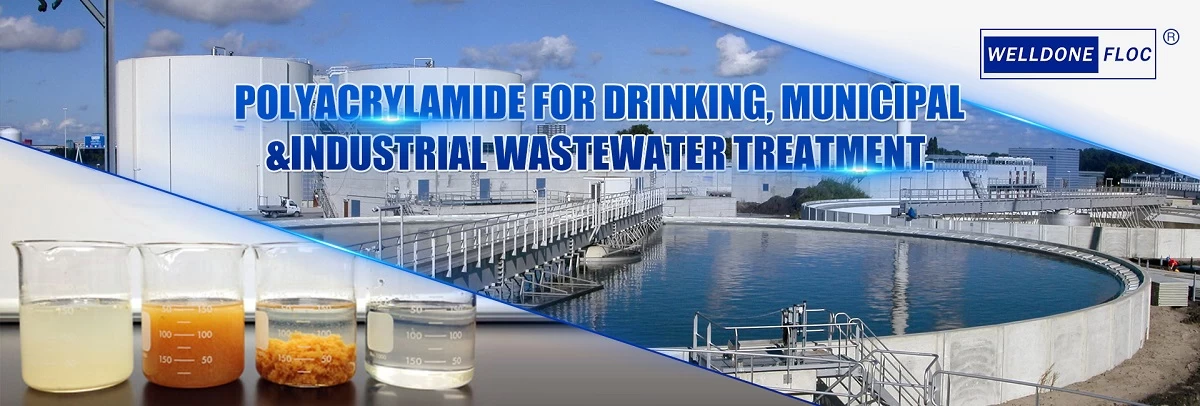
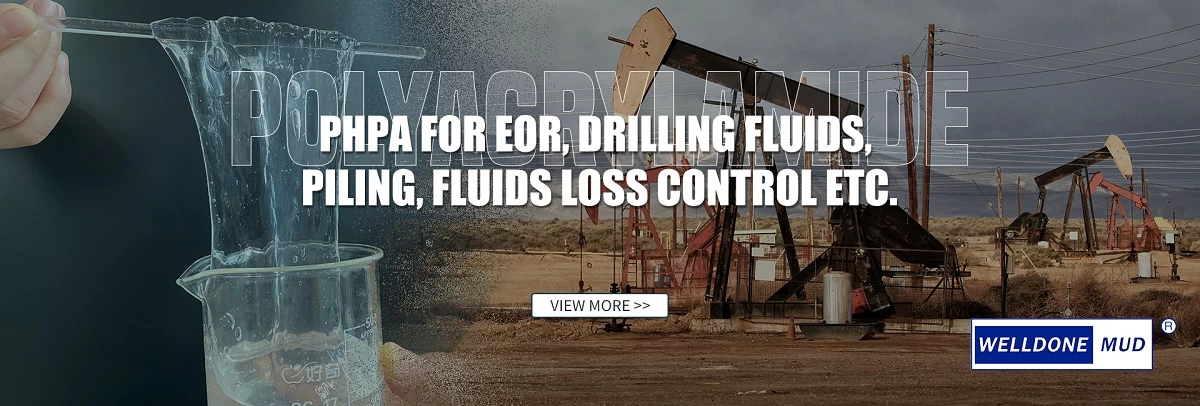

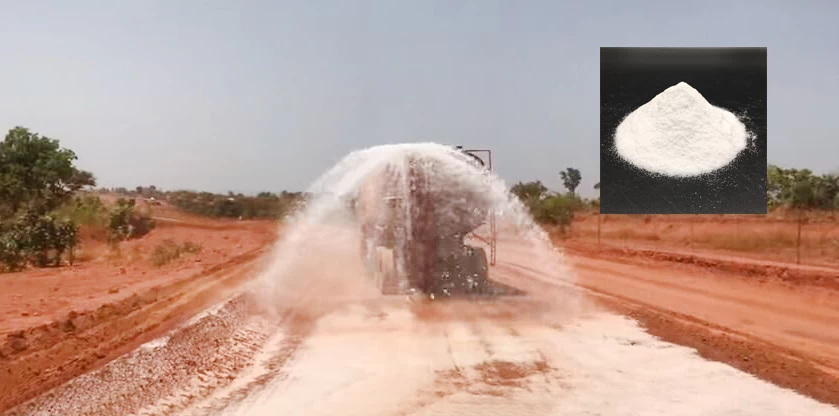
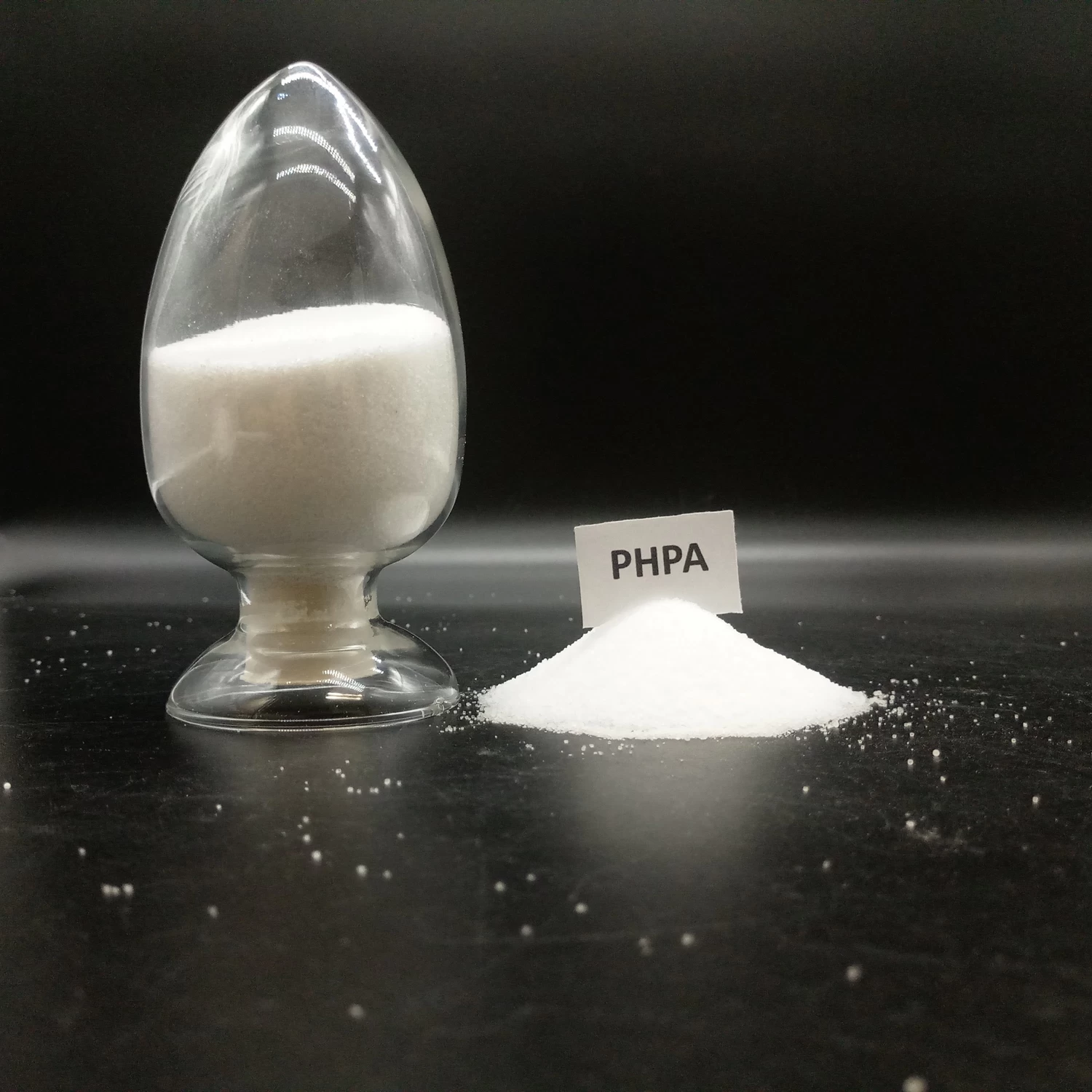
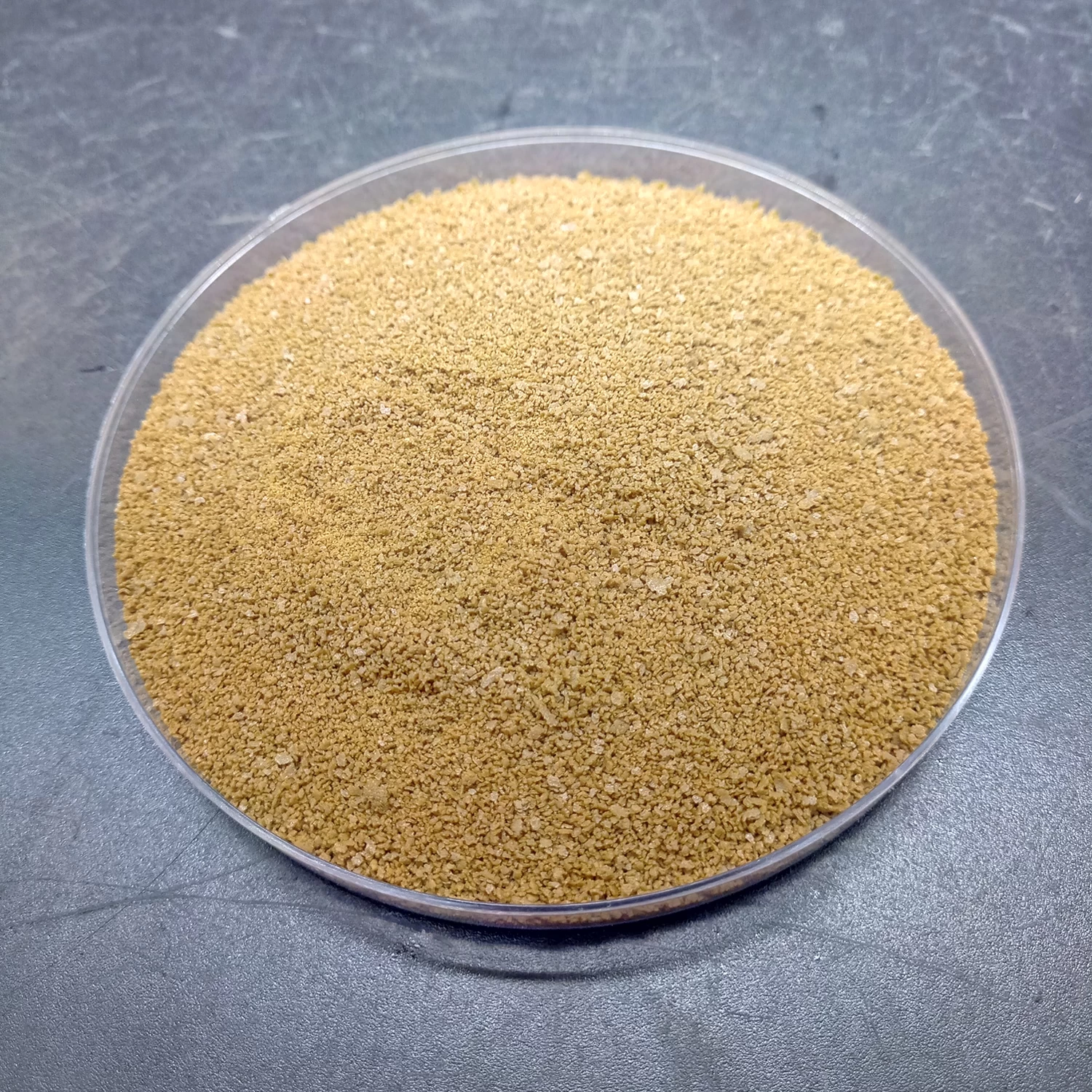
-for-drilling-muds.png.webp)
